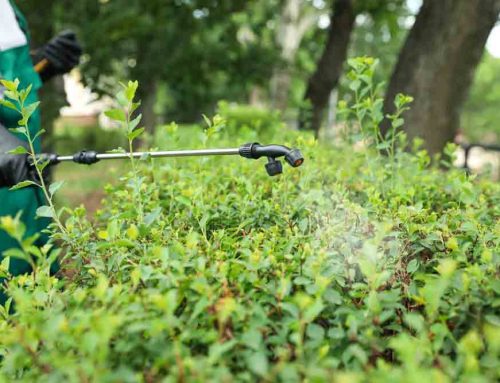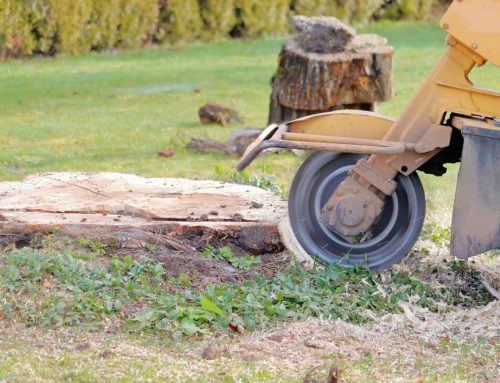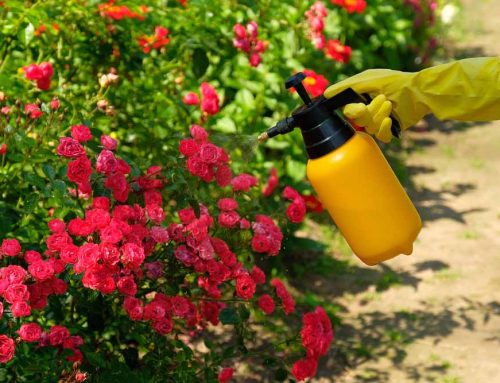When it comes to pruning trees to encourage new growth, there are only certain times of year when it is ideal to take on this maintenance task. And, one of these times is winter. Here’s why.
Dormant
Pruning trees in winter when they are dormant is a common practice because it leads to more new growth in spring. IF you want to achieve that from your trees, then this is the time to prune them. Doing so supports current and future tree growth.
Access
In winter, the ground is harder, making it somewhat easier to do the work of pruning. Plus, because the branches are bare, it’s easier to see and handle them during the pruning process.
Disease Identification
Any type of disease a tree may have will be easier to spot and treat during the winter time when the tree is bare.
Healing Process
By cutting the branches on the tree at the end of winter, the tree can then release the energy it has stored for the fall to heal these areas.
Natural Tree Form
In winter with the dormancy, the tree can be returned to a more natural form as the pruning helps to better shape the tree’s look.
Pruning Tips
If you are going to prune your own trees, here are some tips we use in our commercial landscaping and maintenance business:
- Wait until the coldest part of winter has passed. This is because some trees have sap like maple, walnut, and birch, and will bleed that out if pruned then. While it’s not harmful to the tree sap to bleed, it may be better to just wait until the coldest temperatures are done for the seasons.
Start by removing dead, damaged, and diseased branches, which will help prevent insect and decay organisms from damaging the tree.
Look for crossing branches to remove as this could cause further damage to the tree as they rub together.
Remove any co-dominant leader branches, which are two branches that are growing near the top of the tree. By cutting off one of these, the other becomes dominant while other branches are not at risk from splitting or tearing during a windy period.
If there is a dense canopy, thin this out so the tree can access more air and sunlight to reduce the risk of disease problems.
Remove suckers and water sprouts because doing so can provide more food and water for the tree. Also, remove narrow crotches, which appear as a tree ages. Doing so can eliminate other tree damage.
If you are not ready to tackle winter tree pruning, then contact us today so we can take care of it for you!






